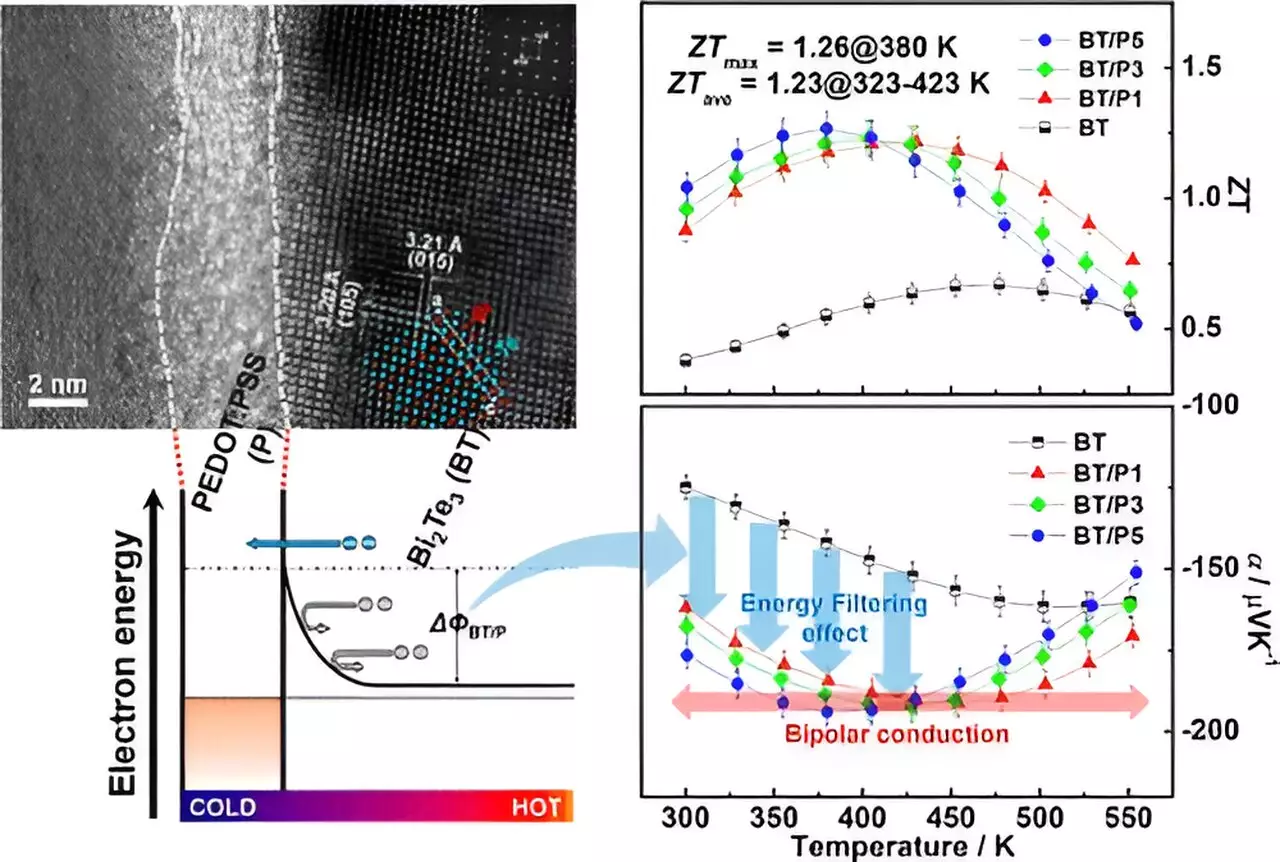The landscape of energy conversion technology is rapidly evolving, with a growing emphasis on eco-friendly approaches to generating power. Thermoelectric technology, in particular, has garnered attention for its ability to convert waste heat into electricity. However, despite its potential, issues of efficiency and flexibility have hindered its widespread adoption.
A research team led by Principal Researcher Kim Cham has made significant strides in addressing these challenges. By developing an inorganic-organic thermoelectric composite, the team has not only improved the efficiency of thermoelectric materials but also enhanced their flexibility. This composite combines traditional inorganic thermoelectric materials with conductive polymers, resulting in a material that offers competitive pricing without compromising on performance.
One of the key achievements of the research team is the development of a manufacturing process that allows for the synthesis and mixing of organic and inorganic components. This process overcomes the technical hurdle of maintaining a uniform phase and high density in the composite material. As a result, the inorganic-organic thermoelectric composite boasts excellent thermoelectric properties, flexibility, and cost-effectiveness.
The implications of this research are far-reaching. With applications ranging from waste heat recovery generation to precision temperature control systems, the inorganic-organic thermoelectric composite opens up new possibilities for various industries. By maximizing the utility of eco-friendly energy technology, thermoelectric technology is poised to play a crucial role in the transition towards sustainable energy solutions.
The development of the inorganic-organic thermoelectric composite represents a significant advancement in the field of thermoelectric technology. By addressing the efficiency and flexibility challenges inherent in traditional thermoelectric materials, this innovative composite paves the way for a more sustainable and cost-effective approach to energy conversion. As research in this area continues to progress, we can expect to see further innovations that will revolutionize the energy industry.


Leave a Reply